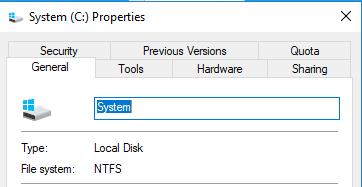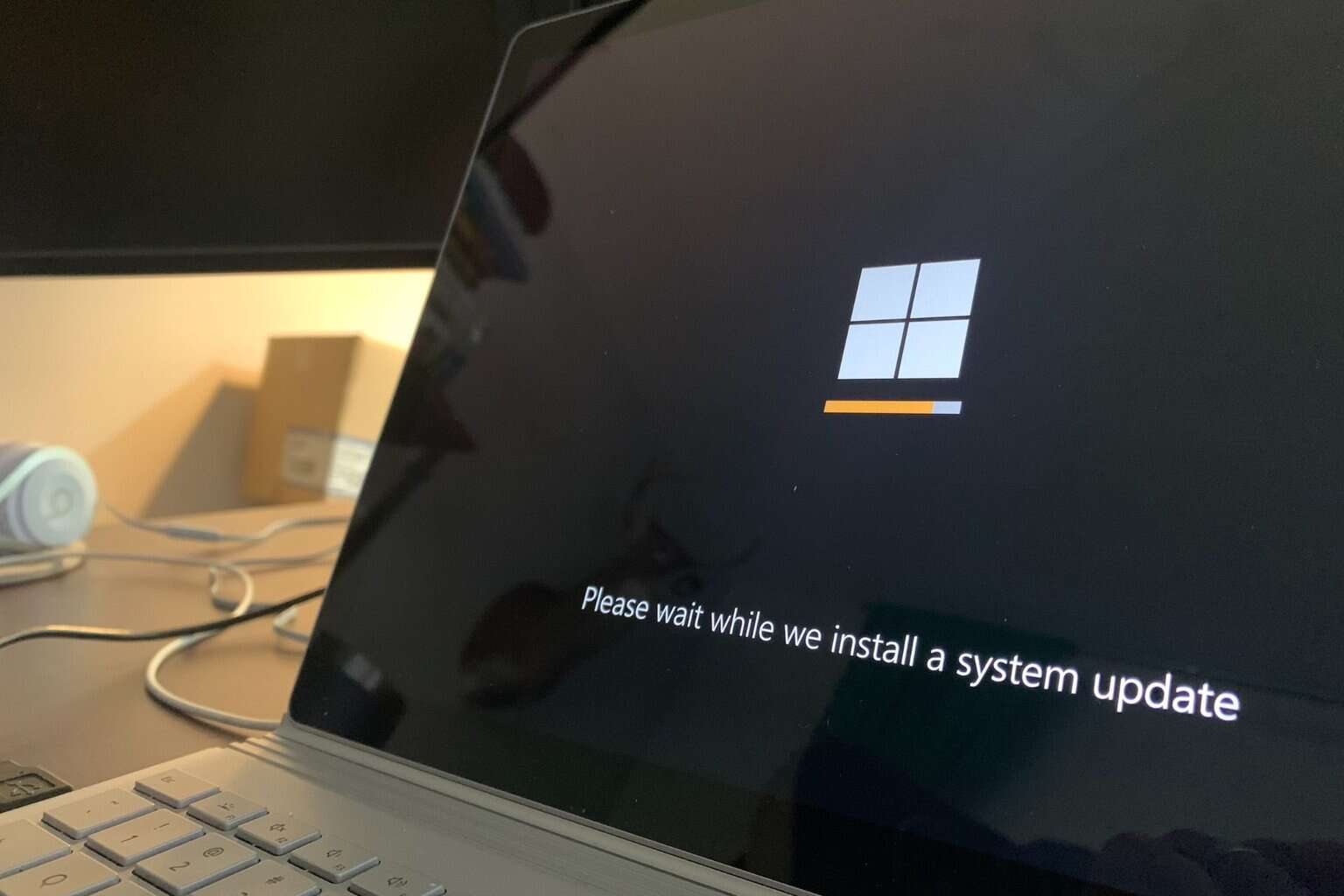How to Read FAT32 on Windows 10: All You Need to Know
Everything you need to know about the FAT32 file system
3 min. read
Updated on
Read our disclosure page to find out how can you help Windows Report sustain the editorial team. Read more
Key notes
- Users have kept wondering for a long time how to read FAT32 on Windows 10 and if it’s actually possible.
- While FAT32 was developed for earlier iterations of the OS, it’s still readable on Windows 10.
- You can’t install Windows on a FAT32 file system and would need to switch to NTFS.

FAT32 is a computer file system architecture used by storage devices. This standard appeared first on Windows 98, and it’s still used today. But many remain unaware of how to read FAT32 on Windows 10.
Since this system architecture is so popular, today, we’ll answer FAT32-related questions, such as whether Windows 10 can read FAT32 drives.
Can Windows 10 read FAT32?
Yes, FAT32 is still supported in Windows 10. If you have a flash drive formatted as a FAT32 device, it will work without any problems.
You can read it without any extra hassle on Windows 10. This ensures that users can easily read and access data on drives formatted for a previous OS iteration, delivering seamless compatibility.
Is FAT32 UEFI bootable?
FAT32 can be bootable; the UEFI system can’t boot from NTFS devices, only FAT32.
If you want to install a new version of Windows, you’ll need to format your flash drive as a FAT32 to boot from it.
Which is better, FAT32 or exFAT?
The key differences between FAT32 and exFAT
Here’s a quick comparison between FAT32 and exFAT.
FAT32:
- One of the oldest file systems still in use.
- The file size limit is set to 4GB.
- Max size for FAT32 partitions is set to 8TB.
- Fully compatible with other operating systems, including Linux and Mac. It also works perfectly with other hardware that supports reading USB flash drives.
exFAT:
- Introduced in 2006.
- Maximum volume size is 128PB.
- The maximum file size is 16EB.
- It can hold files that are larger than 4GB in size.
- Compatible with Windows and macOS X, but it might require additional software to run on Linux.
Overall, exFAT doesn’t have the limitations of FAT32, most notably the file size limit, so it’s almost always a better choice. However, if you’re looking for better cross-system and hardware compatibility, FAT32 might be a better choice.
Is NTFS faster than FAT32?
According to users, there’s no speed difference between NTFS and FAT32. However, some benchmark results claim that NTFS is faster than FAT32.
As the end-user, you probably won’t notice much of a speed difference between the two.
How do I know if my USB is formatted to FAT32?
- Open This PC.
- Right-click the desired drive and choose Properties.
- Now in the General tab, look for the File system value to find the current file system.
Can you install Windows on FAT32?
No, FAT32 is an older file system, and you can’t install an operating system. Since Windows Vista, you can only install an operating system to NTFS drives.
If you’re using FAT32, you must format it to NTFS to install an operating system.
There you go! These are some of the most common questions regarding the FAT32, so we hope you found this article helpful.
Before you leave, read our detailed comparison of FAT32 and NTFS and find out which is better. You can also check our guide on transforming exFAT to FAT32 format on Windows.
For any queries or to share valuable information we missed, drop a comment below.









User forum
0 messages